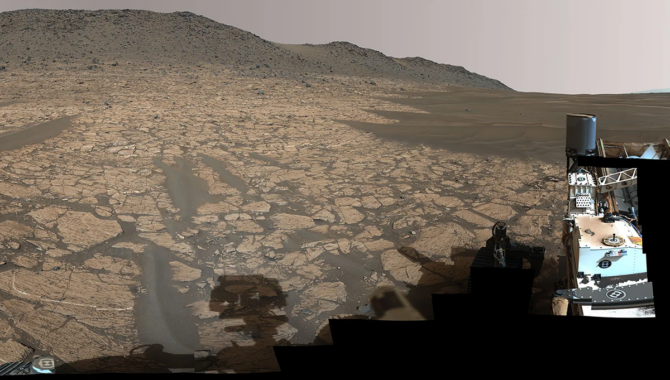
NASA’s GRC to Host Knowledge Workshop
Read More
Hybrid event will focus on succession and continuity.

Hybrid event will focus on succession and continuity.

Powerful geomagnetic solar storms mark new phase of 11-year cycle, as Parker Solar Probe comes ever closer to the Sun’s surface.

New research adds clues in the quest to learn what happened to ancient water on the planet and if it ever supported microbial life.

Saturn I-A was the bold first step in a giant technological leap.